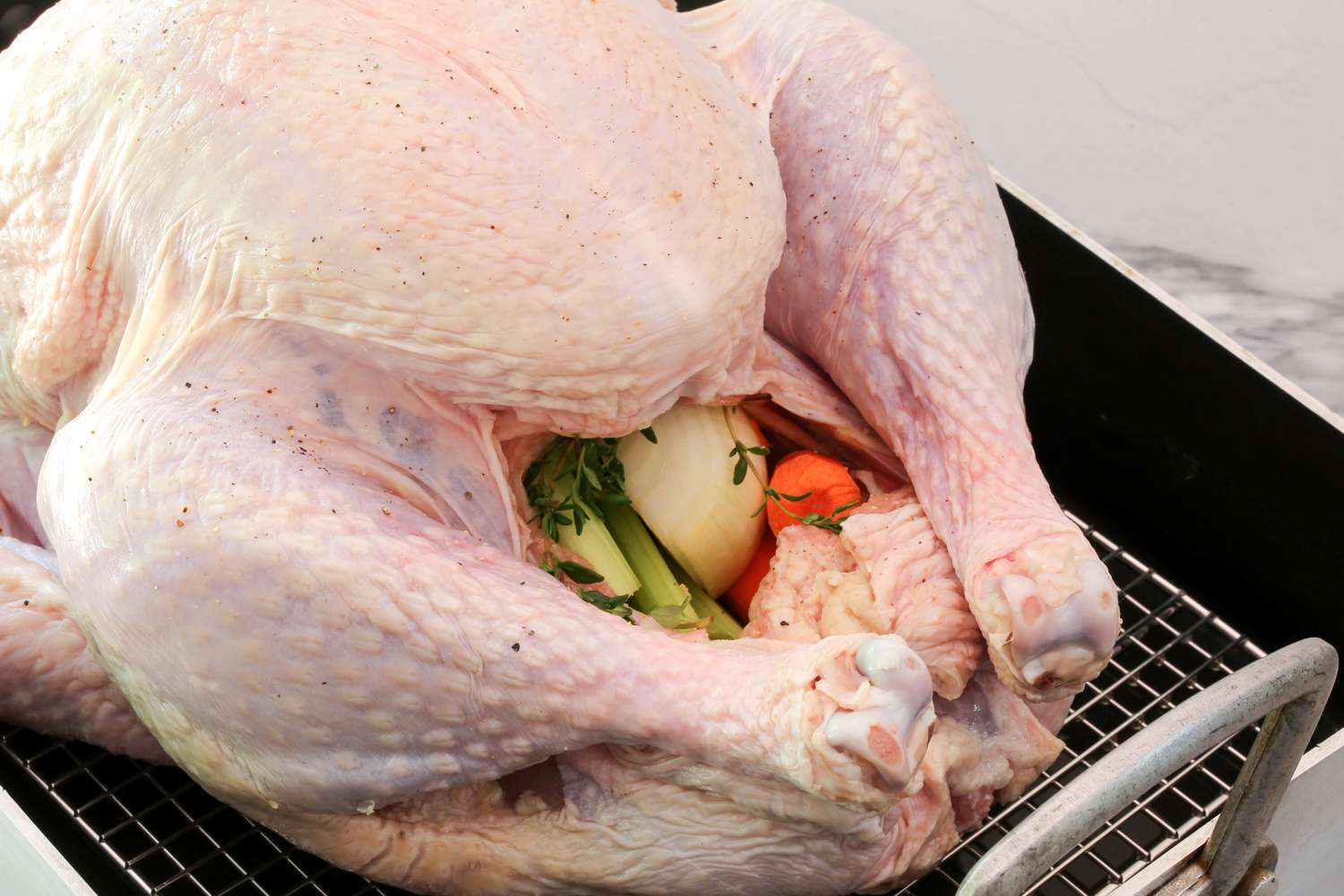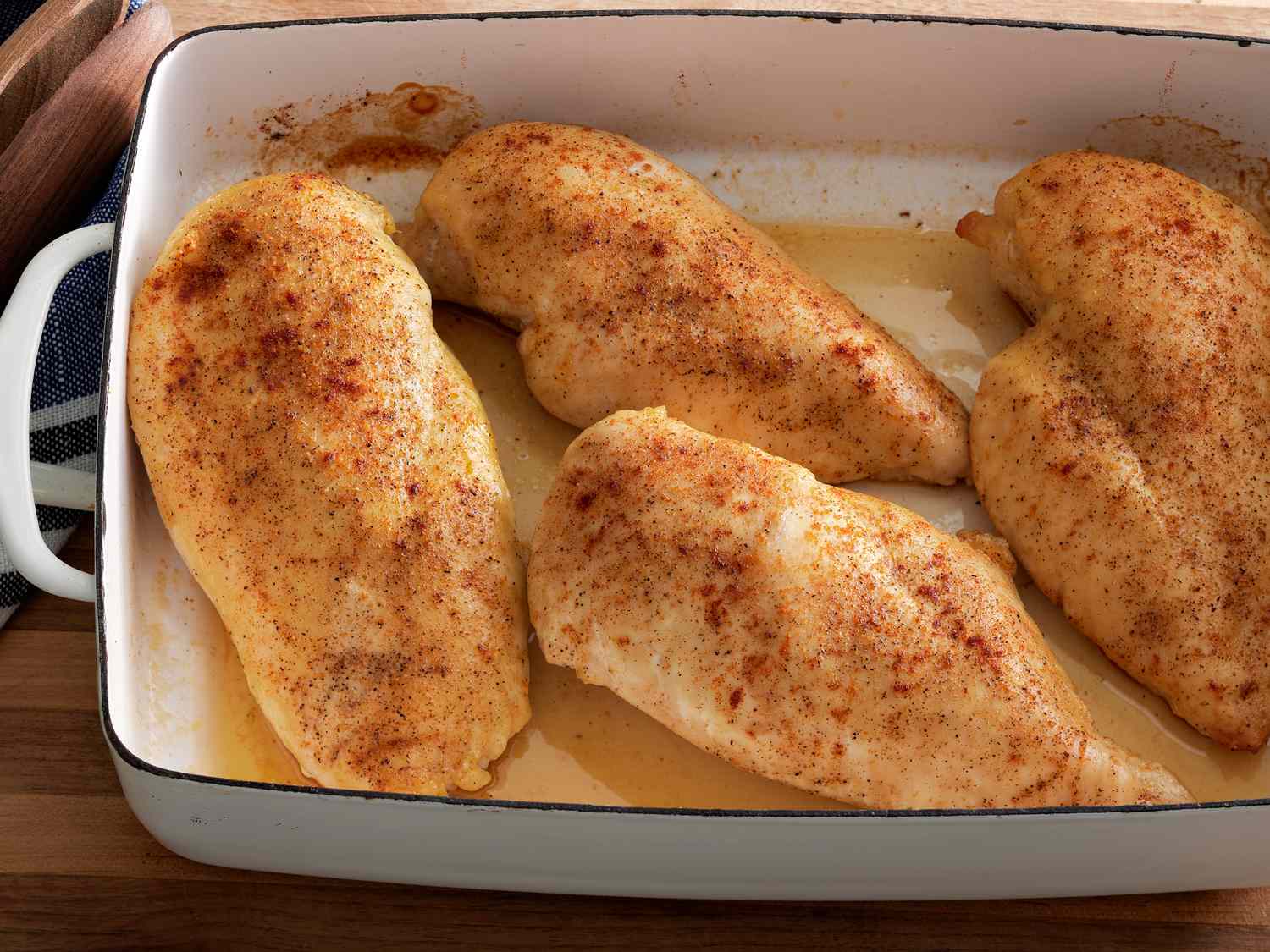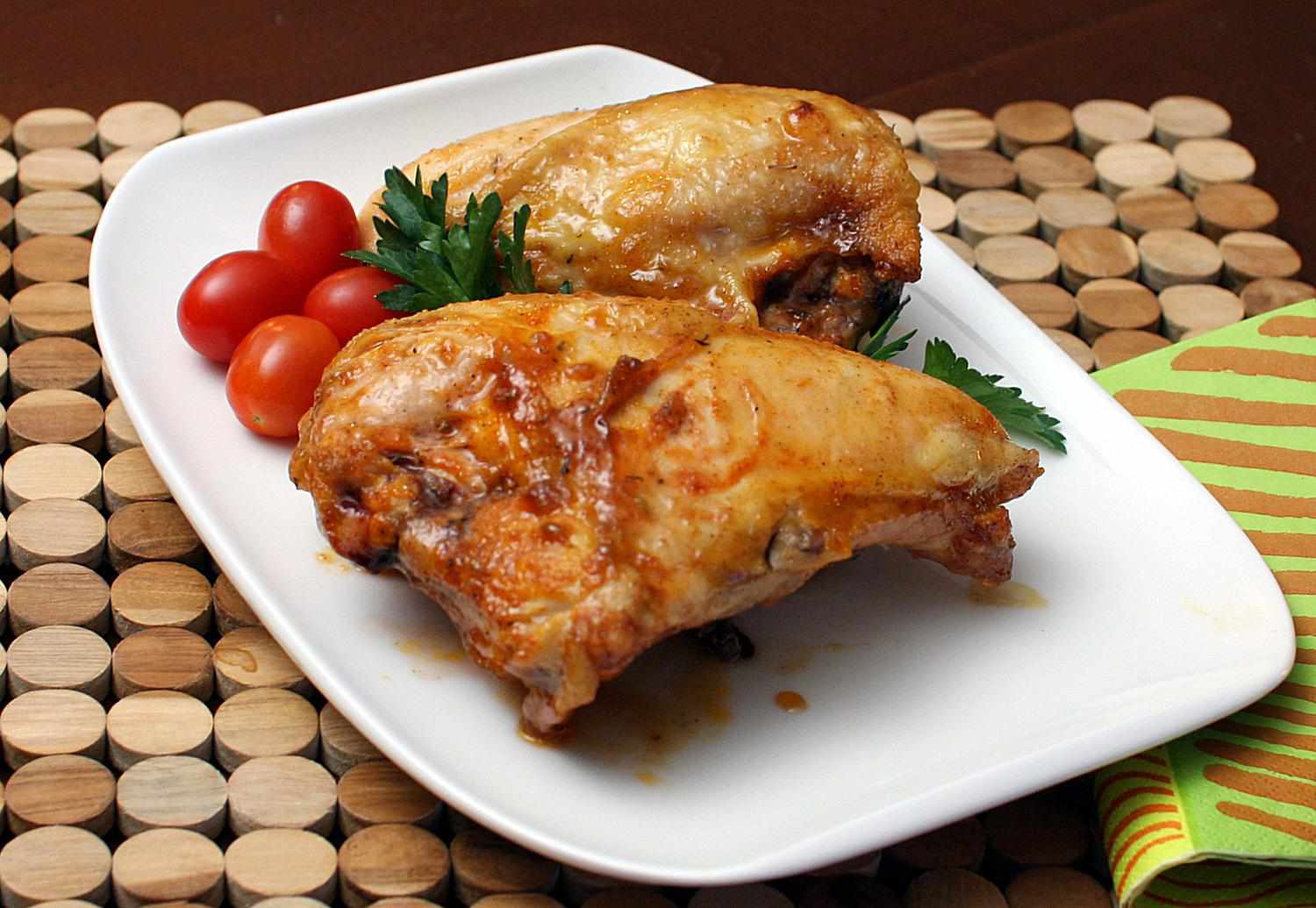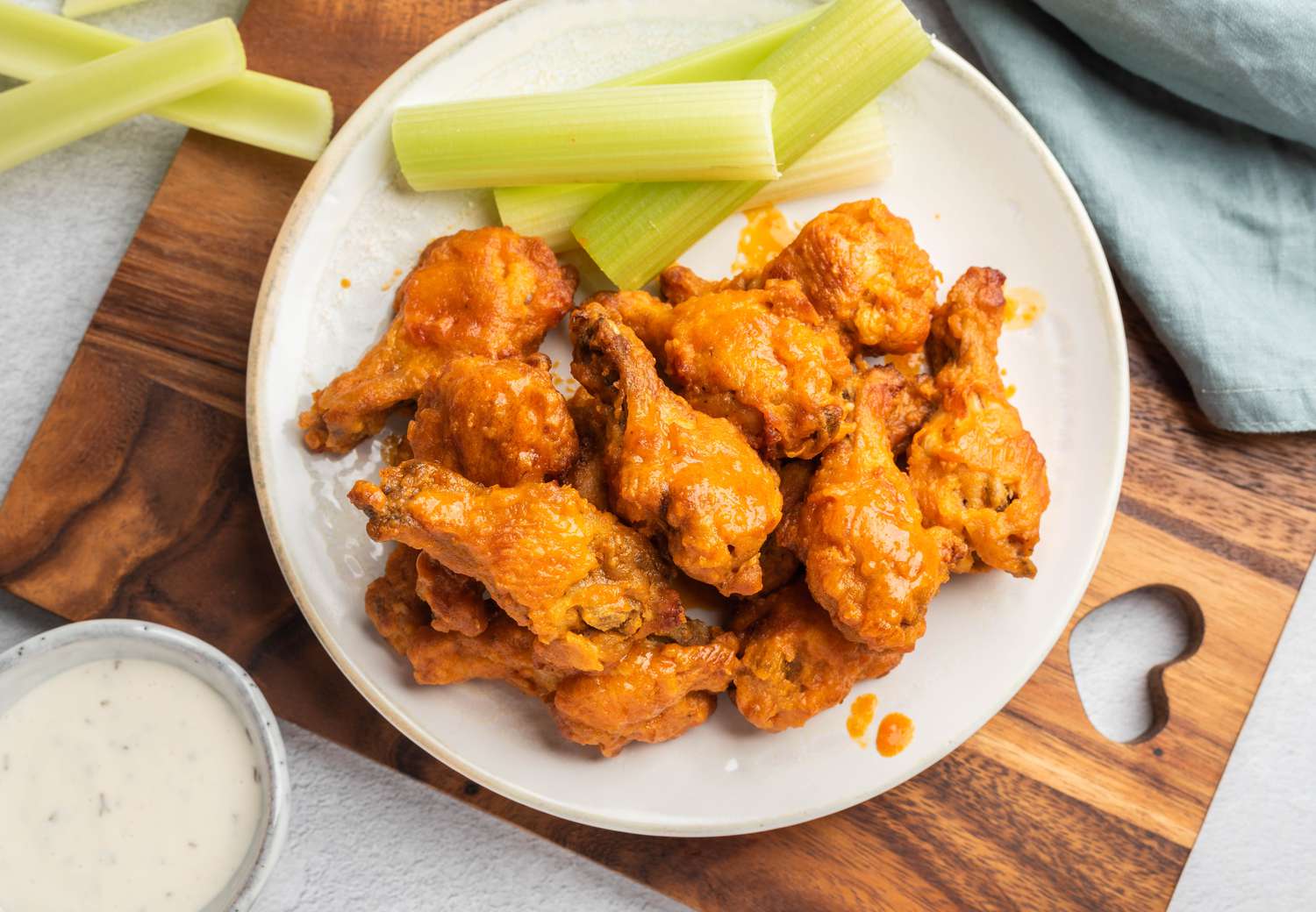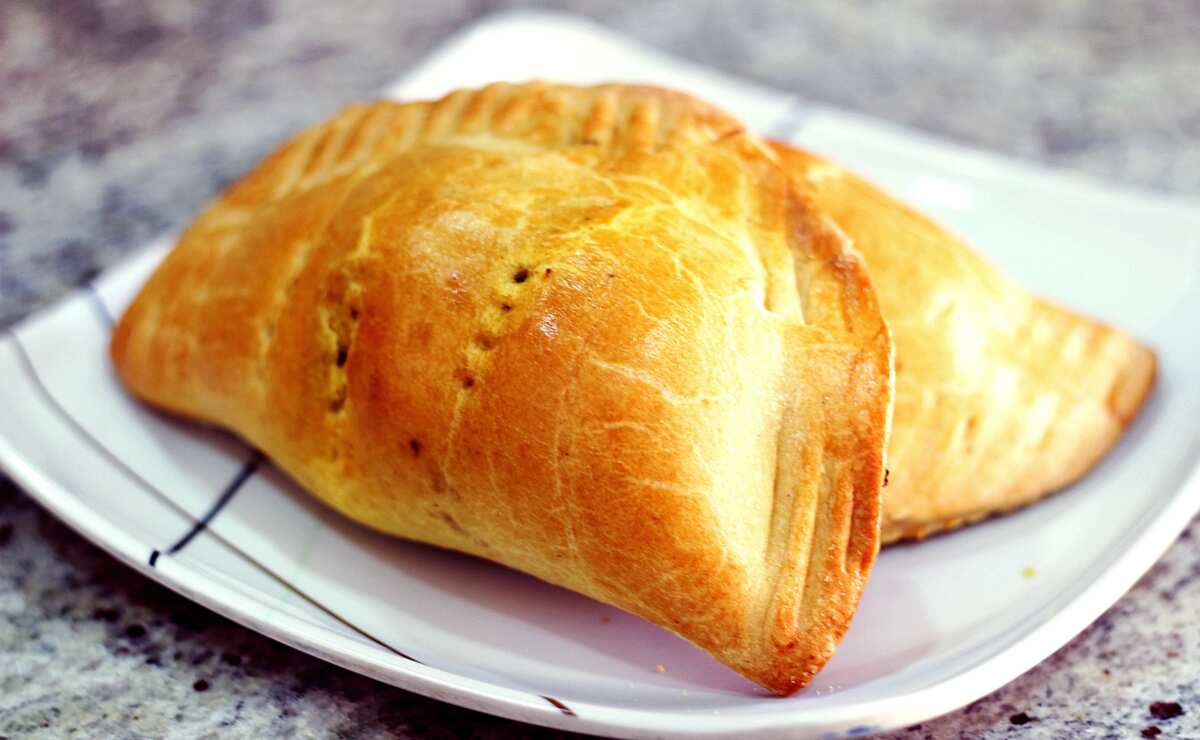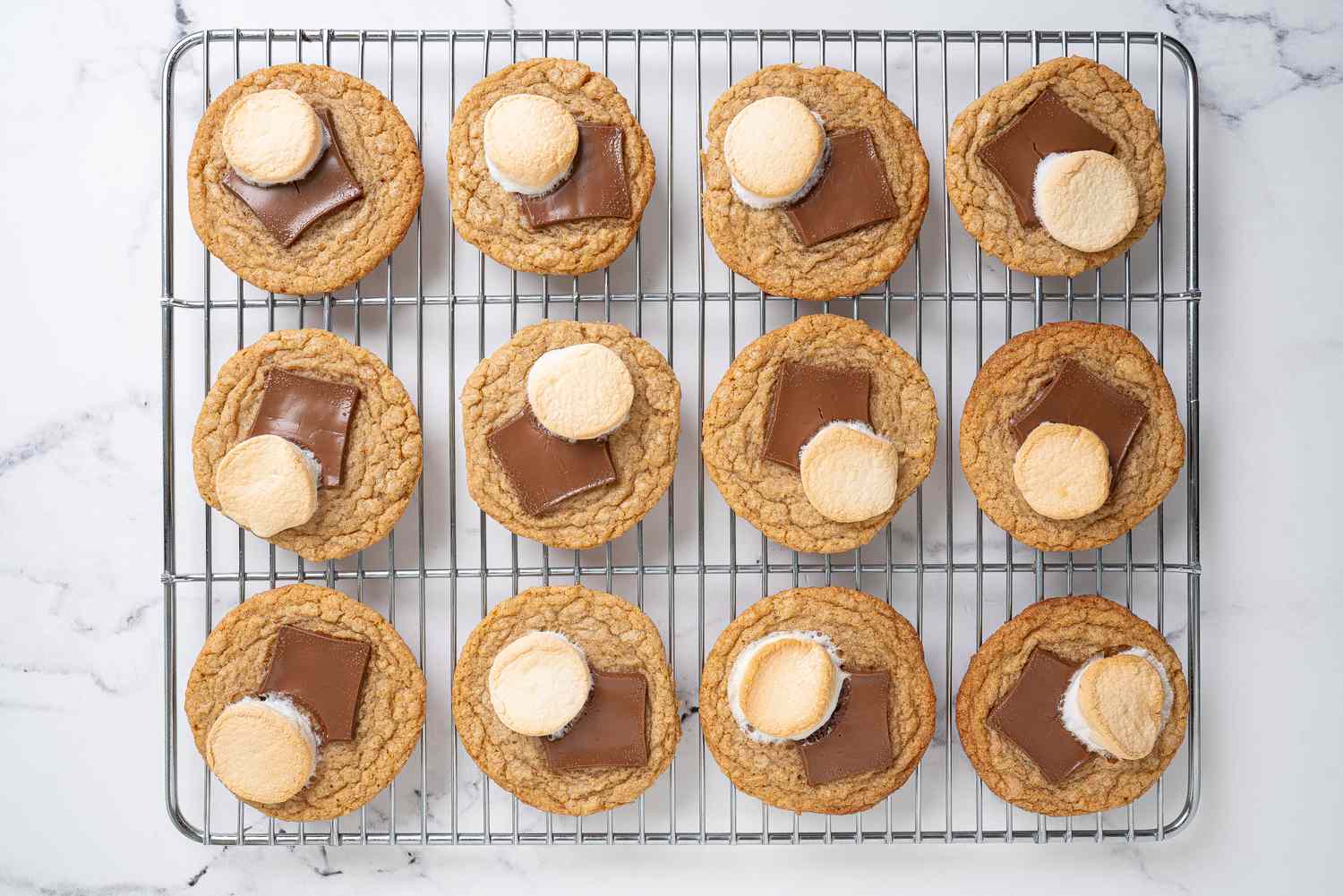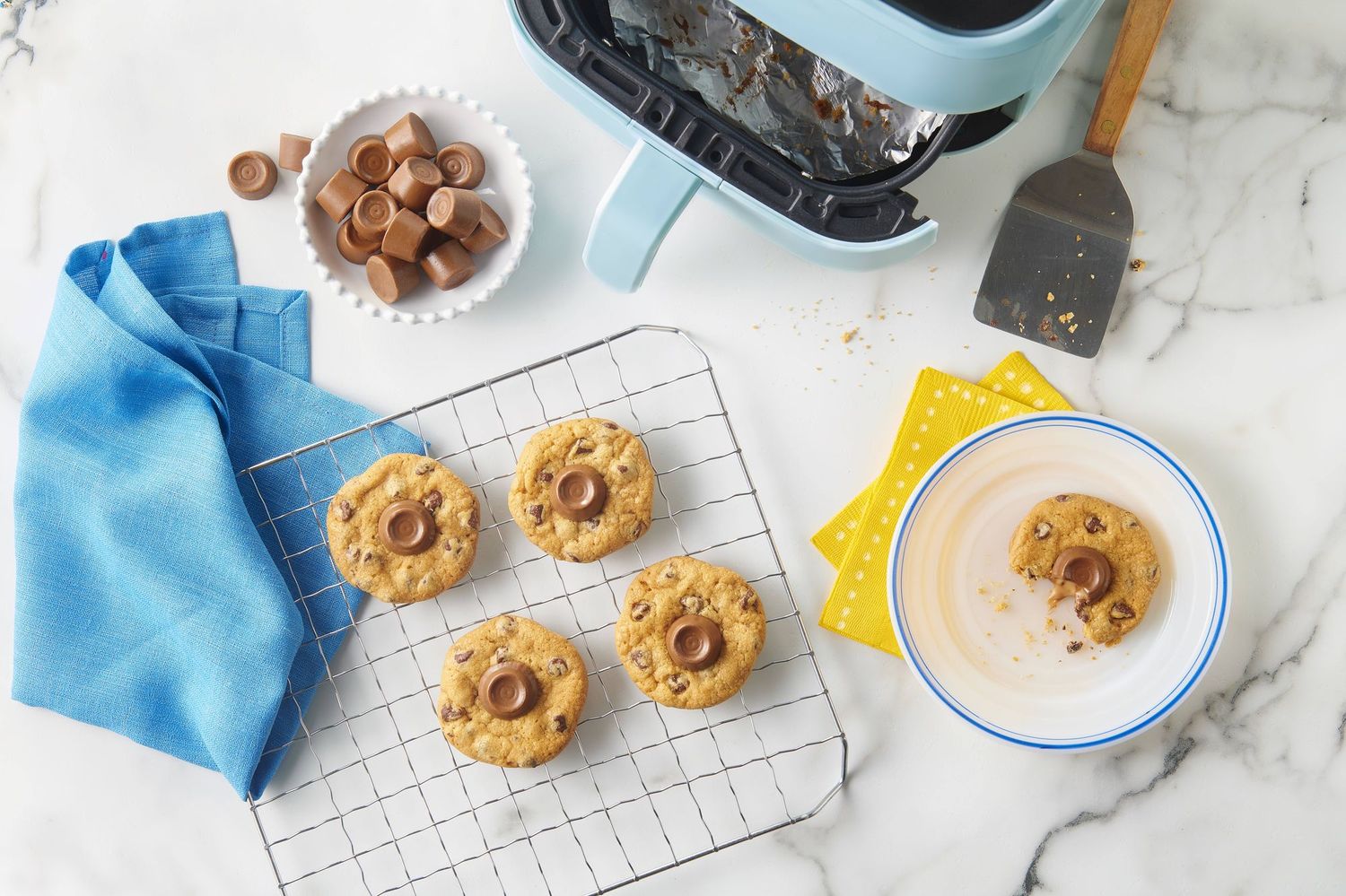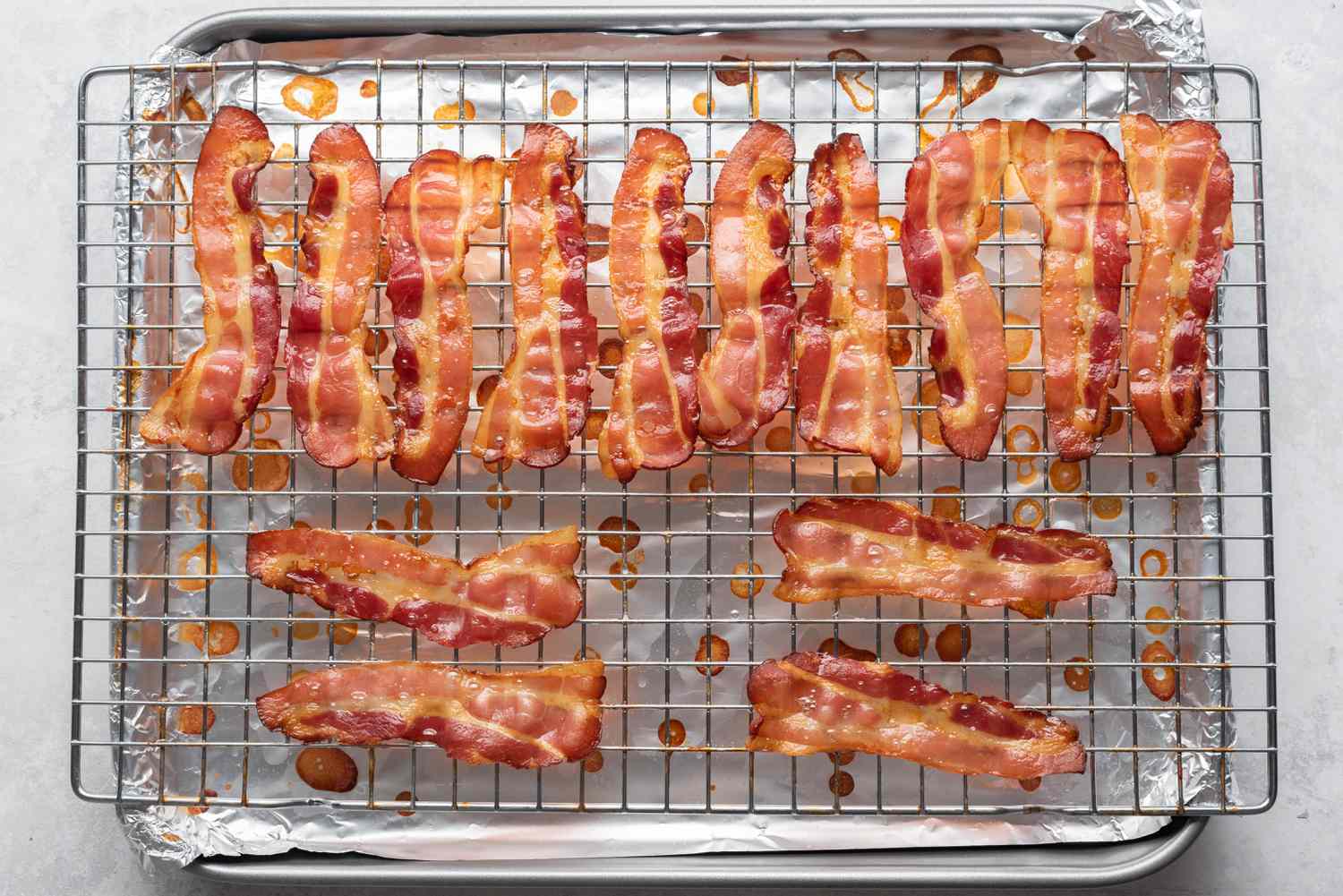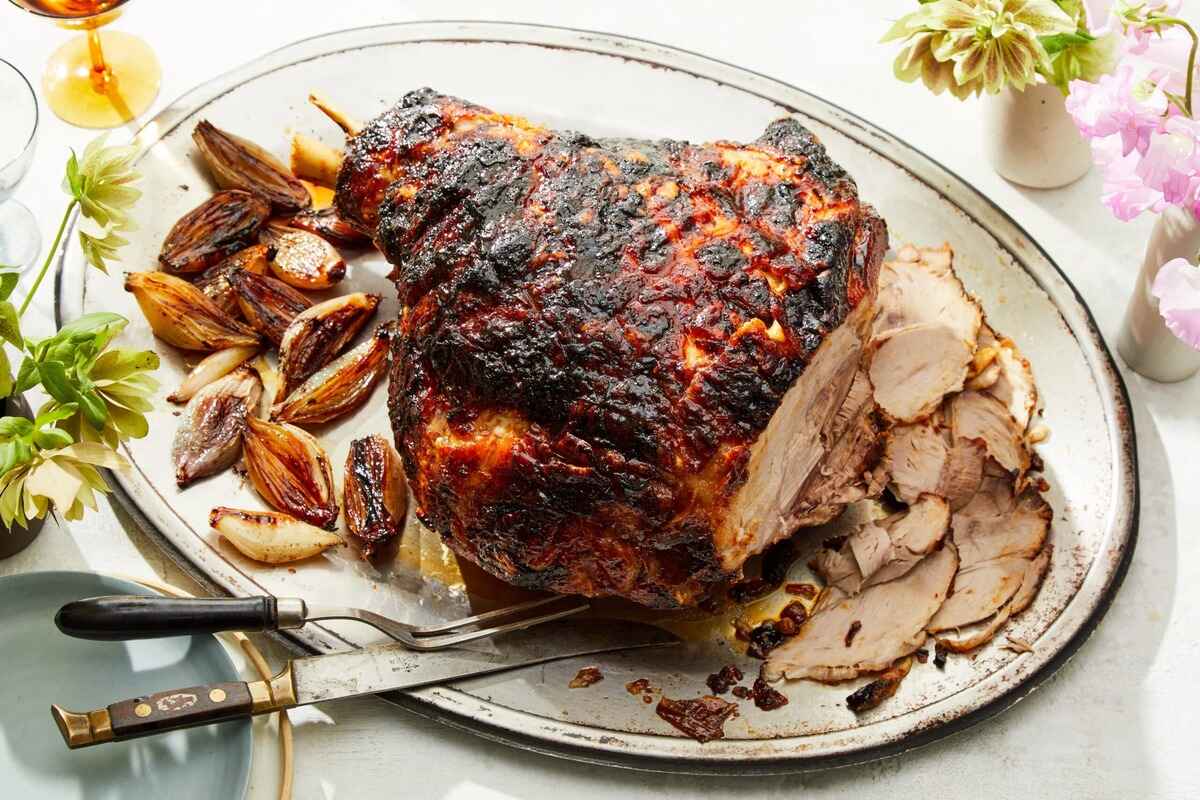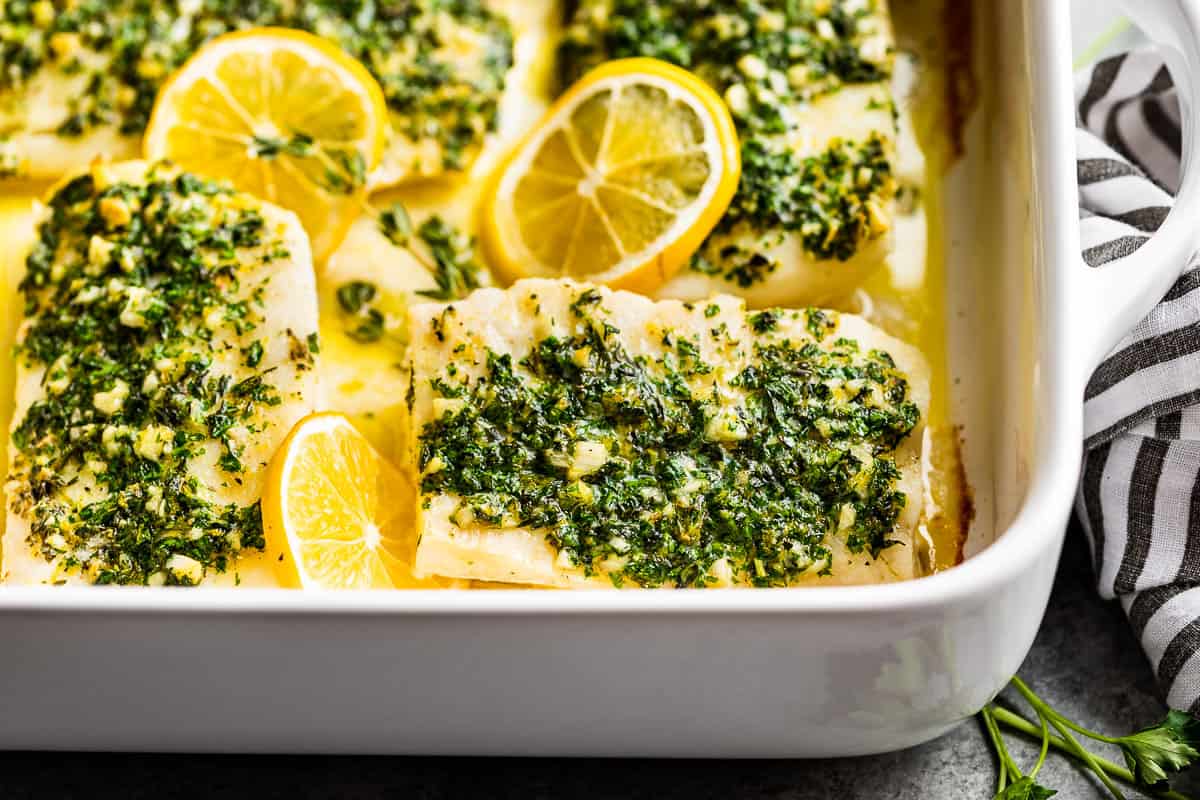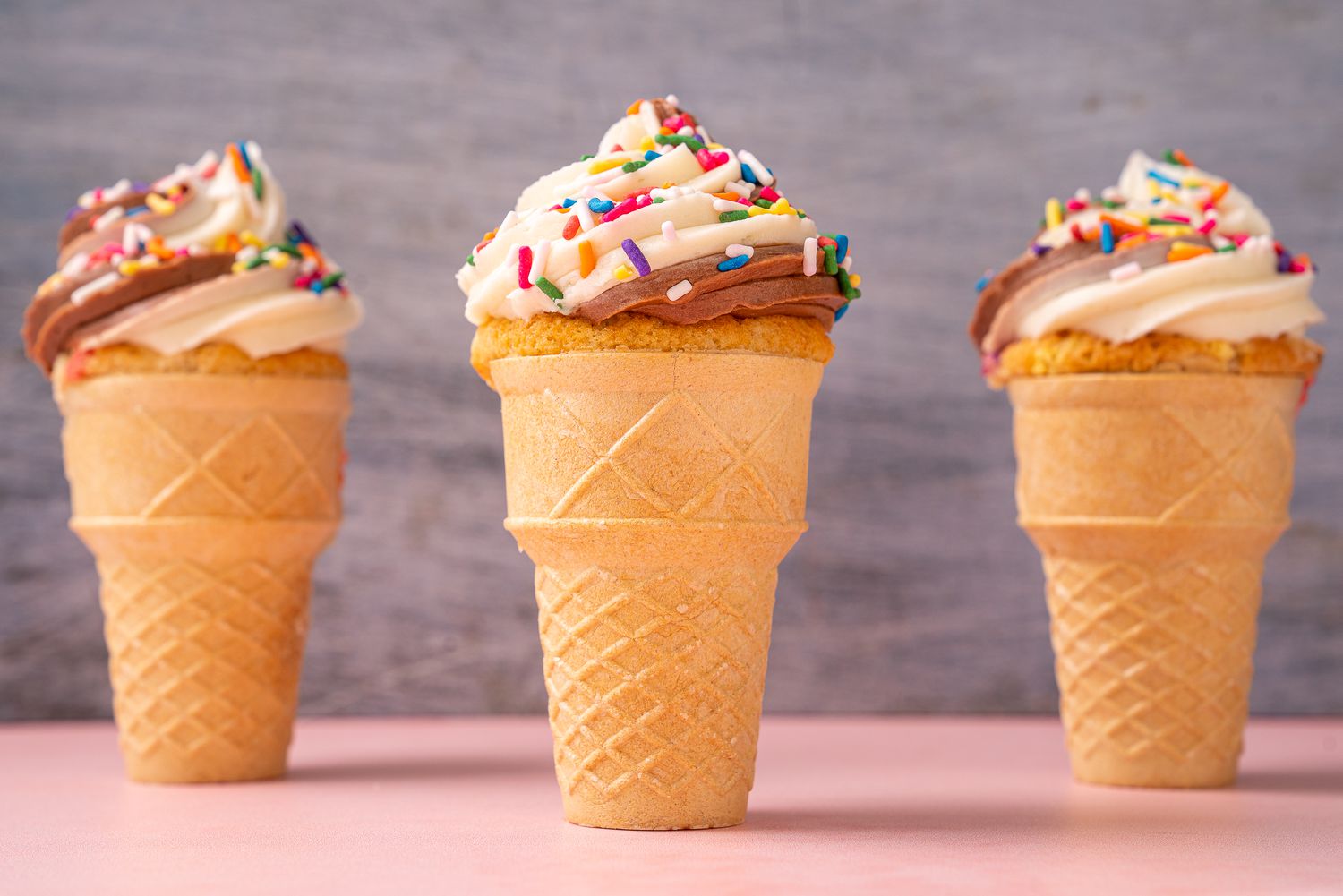Welcome to the Wonderful World of Bundt Pans!
Are you ready to unleash your inner baking genius? Let’s dive into the art of using a Bundt pan! These beautifully crafted, fluted pans have been a staple in every baker’s kitchen for decades. They offer a unique shape that adds an elegant touch to any dessert or cake.
1. Choosing the Right Bundt Pan
The first step to mastering the art of using a Bundt pan is choosing the right one for your needs. Here are a few things to consider:
- Size: Bundt pans come in various sizes, so make sure to select one that fits your recipe. Standard Bundt pans typically have a capacity of 10-12 cups, but mini Bundt pans are also available if you’re looking to create individual-sized treats.
- Material: Bundt pans can be made of various materials, including aluminum, silicon, and non-stick coatings. Each material has its own advantages, so choose one that suits your baking preferences.
- Design: The beauty of Bundt pans lies in their intricate designs. From classic fluted patterns to decorative molds, choose a design that complements your baking style.
2. Preparing the Bundt Pan
Before starting your baking adventure, it’s essential to properly prepare your Bundt pan. Follow these steps:
- Grease the Pan: Start by greasing the pan thoroughly. You can use butter, vegetable oil, or baking spray to ensure your cake doesn’t stick to the pan.
- Dust with Flour: After greasing, dust the pan with a light coating of flour. This additional step helps create a smooth surface for your cake and aids in easy release.
3. Perfecting the Bundt Baking Technique
Now that your pan is prepped and ready, let’s take a look at some tips for achieving baking perfection:
- Evenly Distribute the Batter: When pouring the batter into the pan, make sure it is evenly distributed. This will ensure consistent baking throughout.
- Avoid Overfilling: Bundt pans have a distinct shape, and overfilling can cause your cake to overflow during baking. Leave some space at the top to allow for expansion.
- Take Your Time to Cool: Once your cake is baked to perfection, give it some time to cool in the pan before attempting to remove it. This will help it hold its shape and prevent it from breaking apart.
4. Adding the Finishing Touches
Now comes the fun part – adding those finishing touches to make your Bundt cake truly irresistible:
- Dusting with Powdered Sugar: A simple dusting of powdered sugar can enhance the overall appearance of your cake and add a touch of sweetness.
- Drizzling with Glaze: For an extra burst of flavor, try drizzling your Bundt cake with a delicious glaze. Chocolate, citrus, or caramel glazes work wonders!
- Decorate with Fresh Fruits or Nuts: Let your creativity flow by garnishing your Bundt cake with fresh fruits or chopped nuts. This not only adds visual appeal but also provides delightful texture.
There you have it – the ultimate guide on how to use a Bundt pan like a pro! Now, it’s time to put your newfound knowledge to the test and create stunning, show-stopping desserts that will surely impress.
Happy baking!
